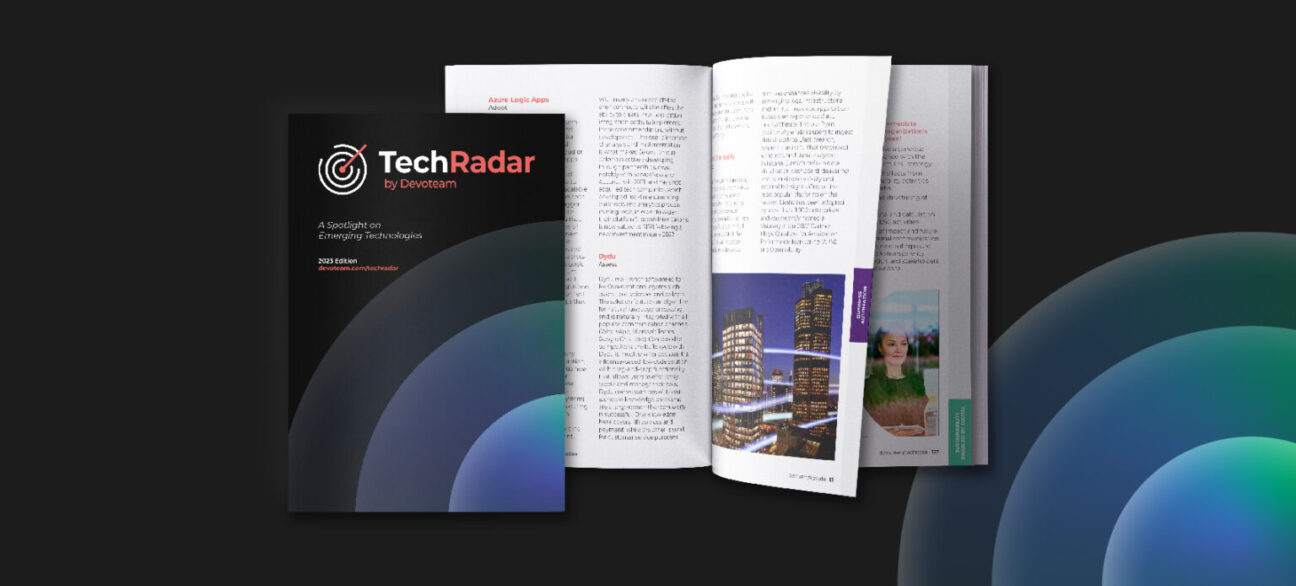Multi-cloud strategies are becoming increasingly common within the modern digital landscape, allowing organisations to harness the various benefits of different cloud providers. However, monitoring and managing resources across several clouds can be a complicated and timely process. That’s where Crossplane comes in. Crossplane is a cutting-edge technology that has the power to transform the way businesses approach multi-cloud management. In this article, we’ll discuss the capabilities of Crossplane as a distributed cloud strategic domain, with a specific focus on how it interacts with Kubernetes. We’ll also discuss its role as an Infrastructure-as-Code (IaC) solution, who it’s designed for, and how it compares with another popular tool, Terraform. So, let’s get right into it.
Is Crossplane an IaC?
Many organisations are beginning to embrace the concept of Infrastructure-as-Code (IaC), so it’s crucial to understand whether Crossplane fits within this paradigm. Crossplane qualifies as an IaC solution because it allows organisations to define and manage their infrastructure using declarative specifications. What does this mean? Well, by adopting a declarative approach, organisations can codify their desired infrastructure state to automate the provisioning and management of resources across multiple cloud providers. This approach makes multi-cloud deployments more resilient, efficient, and scalable.
Crossplane is open source, too, which means that it’s free to use and modify. This makes for a very cost-effective solution for organisations looking to manage their infrastructure while keeping costs down. Crossplane is also a community-driven project. It has a large and active community of users and developers constantly working to improve the platform, ensuring that it’s constantly evolving and improving.
Who is Crossplane for?
Crossplane is a versatile and scalable IaC solution with applications for organisations of all sizes. It’s particularly valuable for businesses with complex infrastructure requirements and those aiming to avoid vendor lock-in. Crossplane can seamlessly integrate resources from multiple cloud providers, making it easy to manage a hybrid or multi-cloud environment. It can also help organisations to optimise their resource allocation by provisioning and managing resources only when they are needed.
Crossplane and Kubernetes
As more organisations adopt Kubernetes for container orchestration, integration with Crossplane becomes increasingly attractive. Crossplane builds on Kubernetes’ already impressive capabilities, allowing users to provision and orchestrate Kubernetes resources seamlessly across multiple cloud providers. This integration provides a unified control plane for managing multi-cloud resources, bringing consistency, control, and visibility to distributed cloud deployments. By leveraging Kubernetes’ robust ecosystem and Crossplane’s provider ecosystem, organisations can achieve streamlined multi-cloud management with much more efficiency and governance of resources.
Crossplane’s Provider Ecosystem
Crossplane’s provider ecosystem is a critical component that enables organisations to effortlessly manage resources from multiple cloud providers through a unified interface. This eliminates the need for separate tools and interfaces, streamlining the management process and boosting productivity. Benefits of Crossplane’s provider ecosystem include:
Flexibility: With an ever-expanding provider ecosystem, users can easily add support for new cloud providers as and when required. This grants them the flexibility to choose the cloud providers that align with their evolving needs.
Convenience: The provider ecosystem simplifies resource management across multiple cloud providers. Through a single interface, it’s possible to provision, manage, and monitor resources, saving time and effort while minimising errors.
Efficiency: By using a single interface to manage resources from different cloud providers, organisations can reduce the number of tools and processes involved. This efficiency gain saves time, money, and improves accuracy.
Overall, Crossplane’s provider ecosystem is a powerful tool that streamlines multi-cloud management, offering numerous benefits such as enhanced efficiency, improved productivity, and strengthened security. It gives organisations the means to simplify and optimise their multi-cloud deployments effectively.
Crossplane vs. Terraform
Terraform is a versatile Infrastructure-as-Code tool that supports provisioning across a wide range of cloud providers and infrastructure platforms. It’s an older tool than Crossplane, meaning there is a much larger community – for now. However, there are a couple of things which set Crossplane apart.
Firstly, Crossplane differentiates itself in that it’s specifically designed to tightly integrate with Kubernetes. This integration makes Crossplane an attractive option for organisations already using Kubernetes for container orchestration. Furthermore, Crossplane is cloud agnostic, so it can be used in conjunction with any cloud provider. Terraform cannot.
However, Terraform remains a powerful option for diverse infrastructure needs beyond the Kubernetes realm. In fact, because each platform approaches orchestration differently, it is possible to use both in unison.
The Verdict
Beyond its core functionalities, Crossplane offers several advantages for multi-cloud management. It enables organisations to achieve higher resource utilisation, keep costs low, and minimise vendor lock-in. By centralising the management of multi-cloud resources, Crossplane delivers consistency, control, and governance to distributed cloud deployments. It also fosters collaboration between development and operations teams by providing a unified platform for managing infrastructure and applications. These advantages, coupled with the seamless integration with Kubernetes and the extensive provider ecosystem, make Crossplane an essential tool for organisations embarking on their distributed cloud journey.

Want to learn more about Multi-Cloud Management?
Check out our new TechRadar by Devoteam 2023 to see what our experts say about it in the market.
